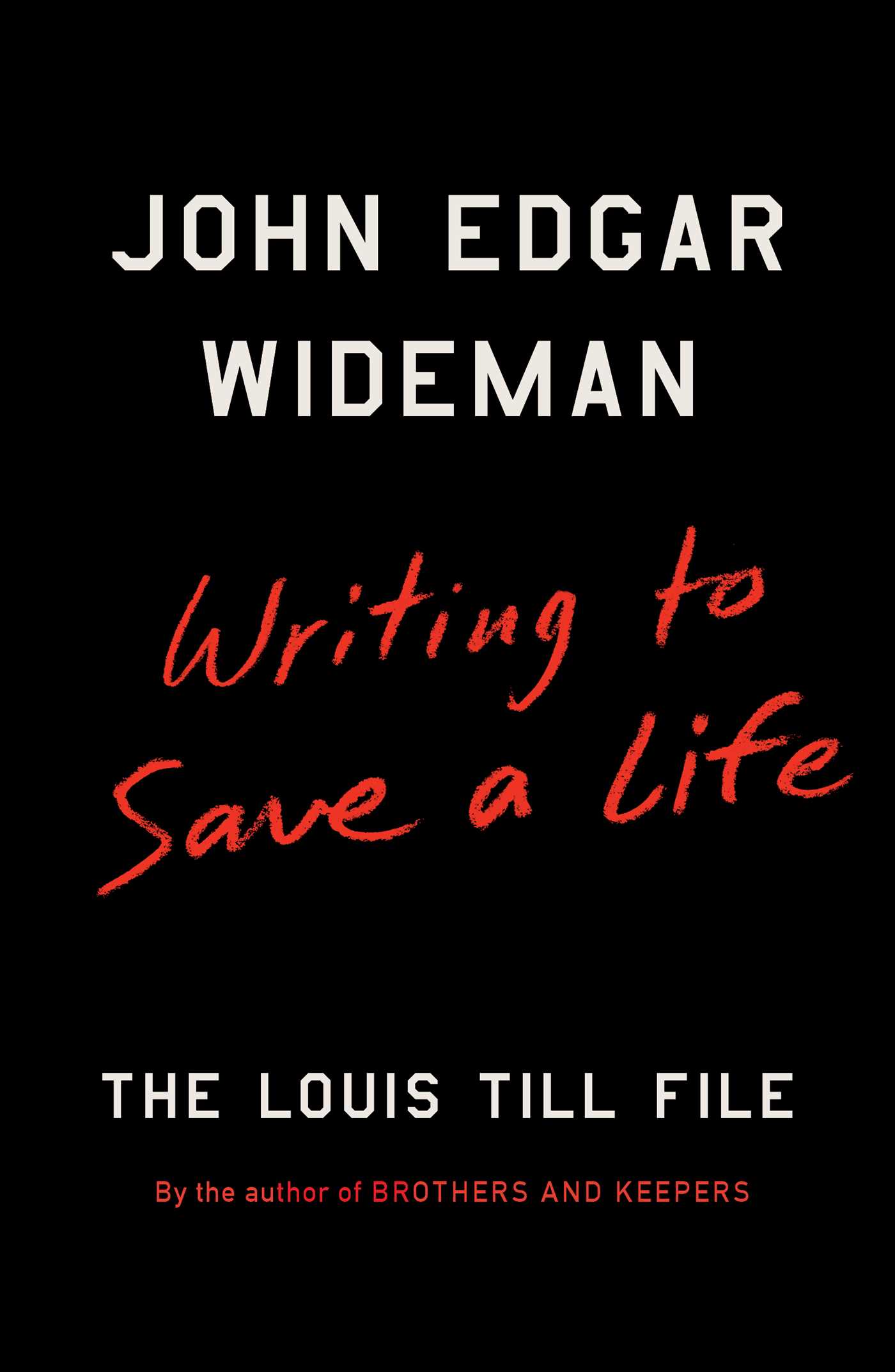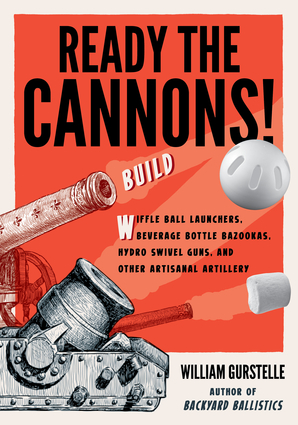Sick, Sad World
“Forty-nine years after the publication of his first book, Mr. Wideman has forged Writing to Save a Life: The Louis Till File, perhaps his most impressive armament so far,” Norman Conti writes for the Pittsburgh Post-Gazette.
“Like so many of Mr. Wideman’s books, it opens on the streets of Homewood before leading the reader on a tour of cities and nations all situated in the heart of the author.
“The journey begins with Emmett Till, as he travels from Chicago to the Mississippi scene of his gruesome murder and the exoneration of his killers. Then, Mr. Wideman takes us deeper into this nation’s heart of darkness with an examination of the case of Louis Till, Emmett’s father.
“Louis Till, a soldier in WWII, was executed by the U.S. Army; his case file was eventually exhumed to discredit the Till family, in order to prevent a retrial of Emmett’s killers for kidnapping – charges they had admitted to during their murder trial. Decades later, Mr. Wideman obtained his own copy of the Louis Till file – poring over it, internalizing content and blending it with the striking parallels between the Tills and his own family. Mr. Wideman combines the official record with his own experiences and imagination to produce a discourse on truth, power as well as the lie of race and its consequences.”
*
See also this NPR interview with the author: Emmett Till’s Father Was Also Hanged: A New Book Tells His Story.

–
Microbes From Hell
“In Microbes from Hell, molecular biologist Patrick Forterre narrates the intriguing history of the discovery of archaea, single-celled microorganisms with no distinct nucleus that may have evolved as long ago 4 billion years,” Sonja-Verena Albers writes for Nature.
“It was Forterre who, in the 1980s, found that certain archaea wind their DNA using reverse gyrase enzymes, which work differently from the gyrase found in bacteria. This is history told by a scientist who helped to make it.”
Not sure what that means? Me either, but here’s what the publisher, the University of Chicago Press, has to say:
“[This] discovery sparked a conceptual revolution in our understanding of the evolution of life, and Patrick Forterre was – and still is – at the vanguard of this revolution.”

–
Ready The Cannons!
“William Gurstelle has a knack for building highly kinetic things. He often explores subjects that seem dangerous from a distance – like cannons and catapults – but are safe so long as you understand the science,” Andy Orin writes for lifehacker.
“He is the author of bestselling Backyard Ballistics, which details a variety of projectile-flinging DIY projects, as well as other books like Absinthe and Flamethrowers, a personal favorite that advocates getting your hands a little dirty and living dangerously (well, to a point). He also writes in magazines like Make and Popular Science, and has appeared on the Discovery and History Channels as a communicator of science.
“His latest book is Ready the Cannons! Getting back to ballistics, Gurstelle explores various types of projectile launcher and their context in history.
“Of course, he also explains how to make your own miniature versions. They range from marshmallow guns to steel rubber band shooters, as well as larger projects that are pretty much real cannons – real, even if the ammo is a potato. Safety is always a priority, of course; after all, you should never turn your back on a loaded potato.
“We spoke with Gurstelle to learn about how he works.”
*
From the publisher, Chicago Review Press:
“Garage warriors will get a bang out of this new handbook from the author of Backyard Ballistics that shows how to build cannons and other fun things that shoot, from Wiffle ball launchers and beverage bottle bazookas to superpowered water guns and model culverins.
“In Ready the Cannons!, engineer William Gurstelle breaks down how to safely construct a dozen awesome artillery devices in your basic home workshops using easy-to-find household or hardware store materials.
“Clear instructions, diagrams, and photographs illustrate how to build projects ranging from the simple (a supersonic Ping-Pong ball shooter) to the more complex (a replica of the Napoleon Cannon).
“With a strong emphasis on safety, the book also gives tips on troubleshooting, tells the history of how and when the artillery devices were used, and explains the physics behind the projects.
“This book will be indispensable for the legions of backyard watergunners, model-rocket launchers, and fireworks fanatics who wish every day were the Fourth of July.”

–
Comments welcome.
Posted on November 14, 2016


